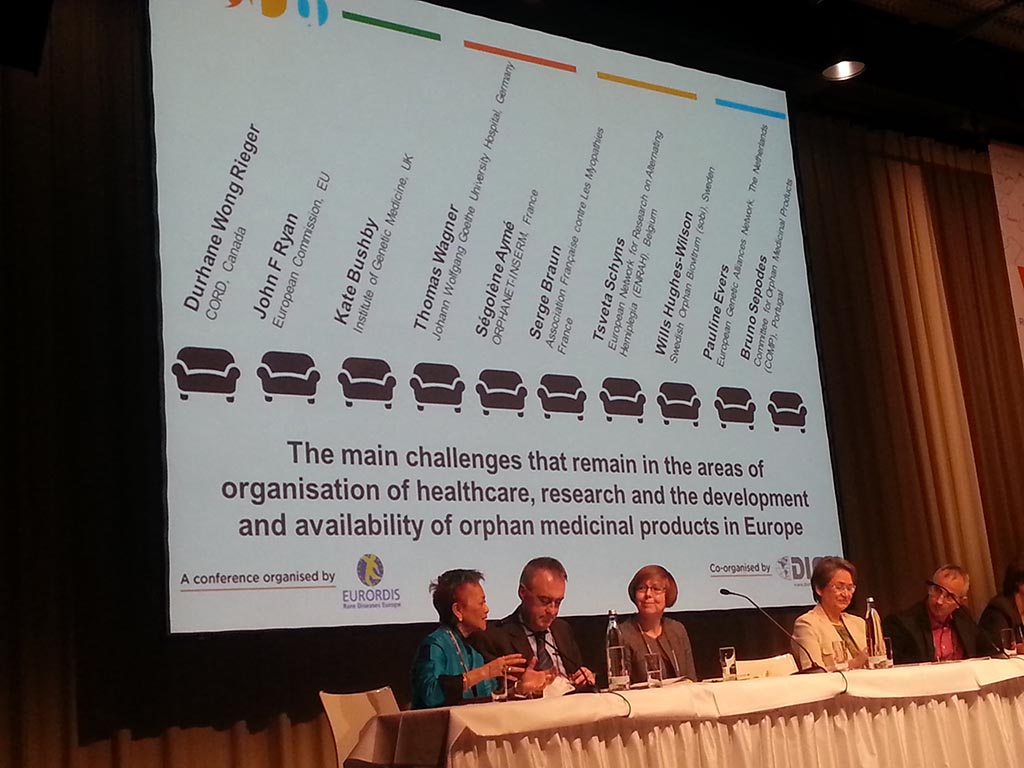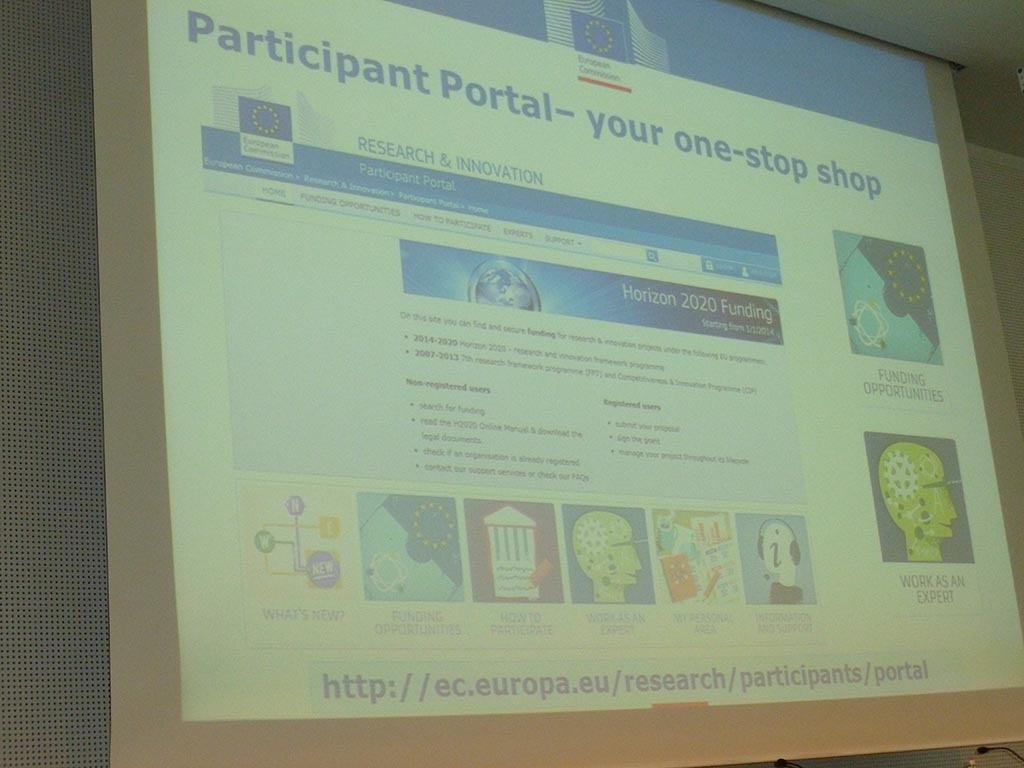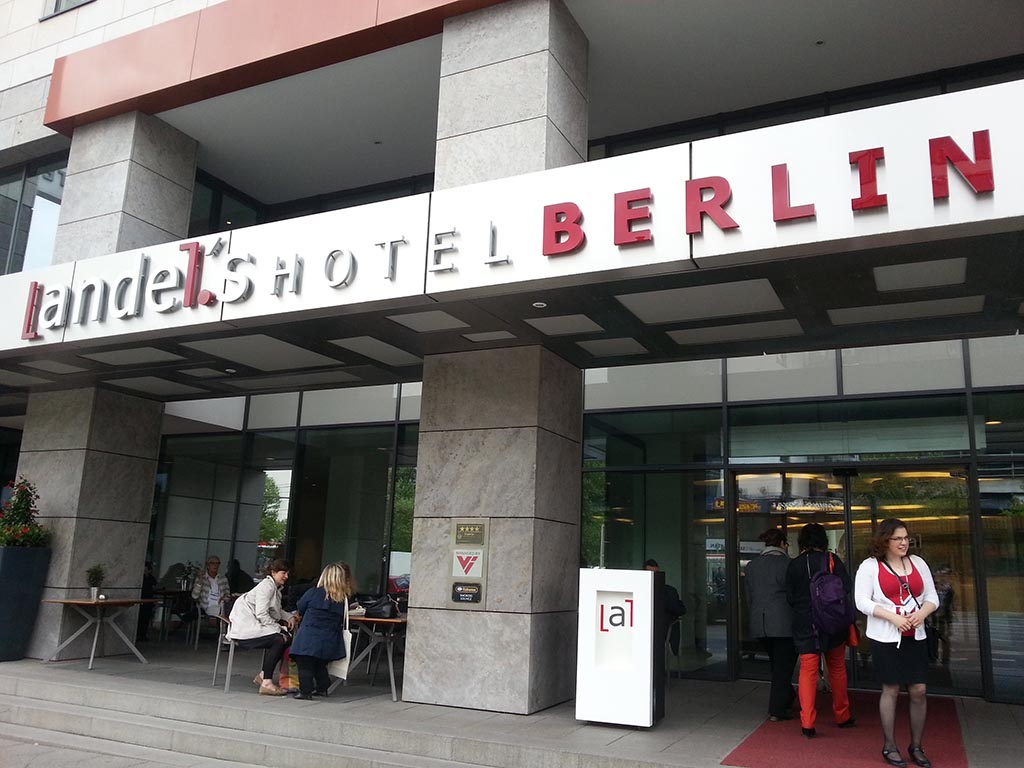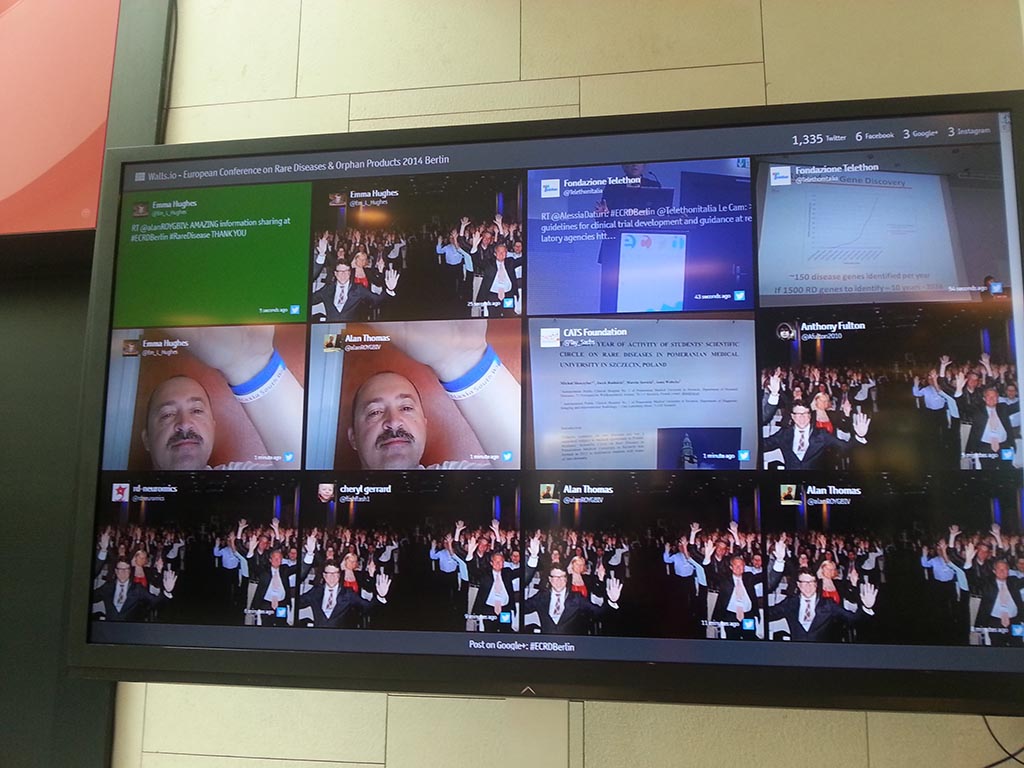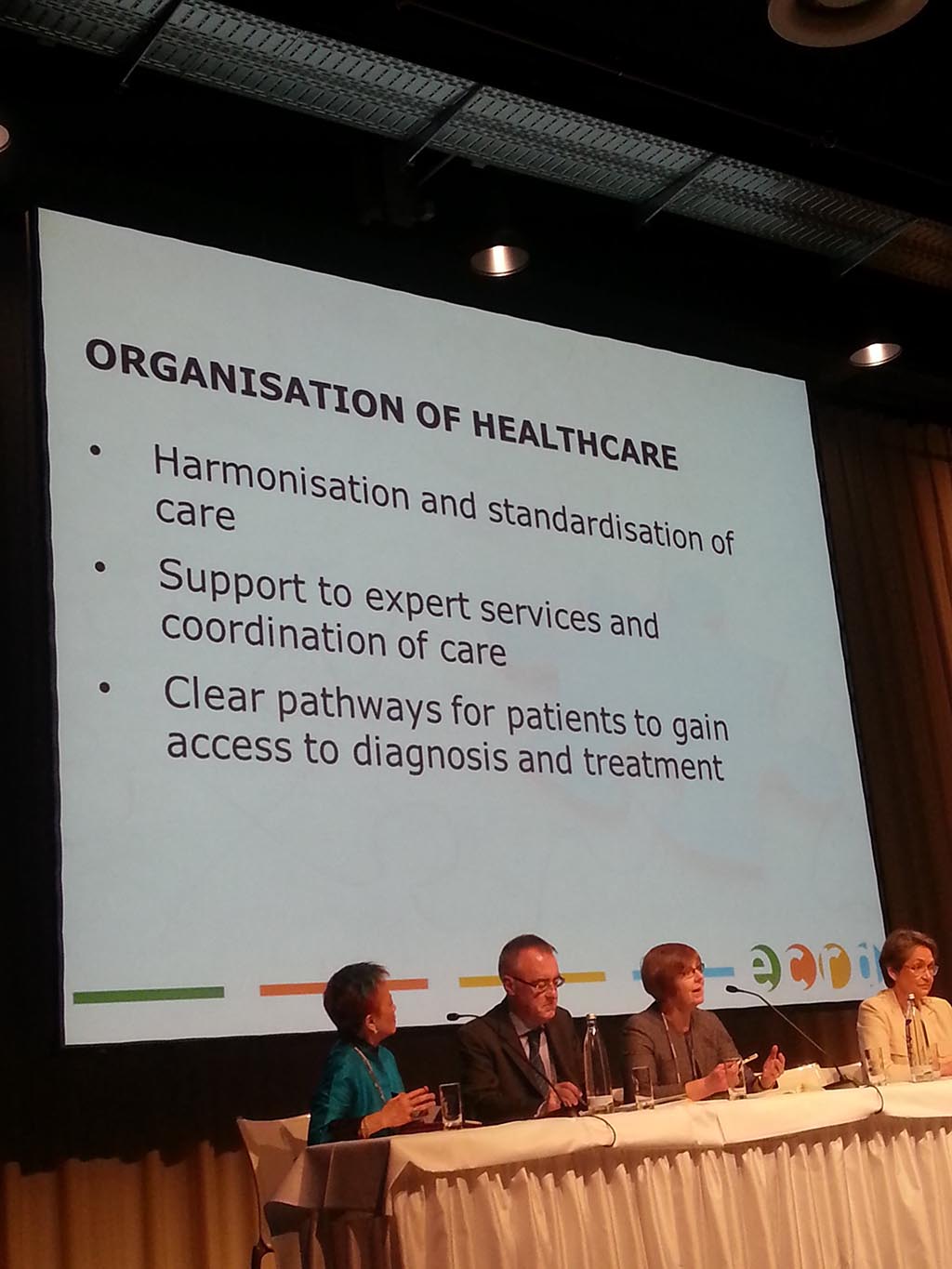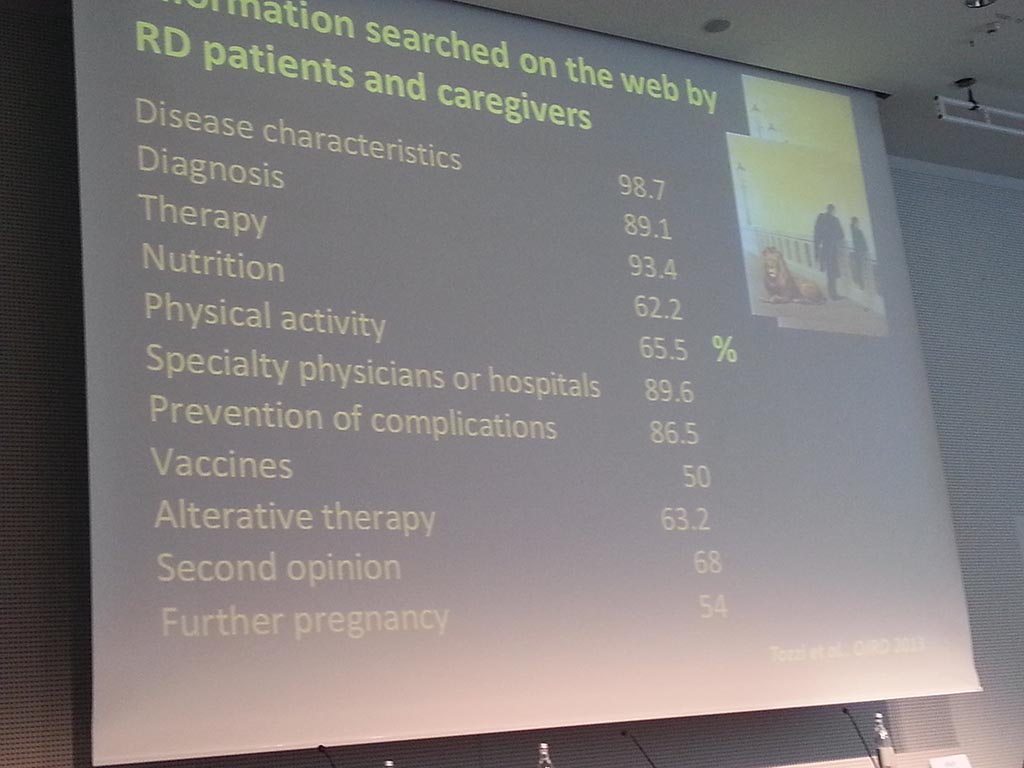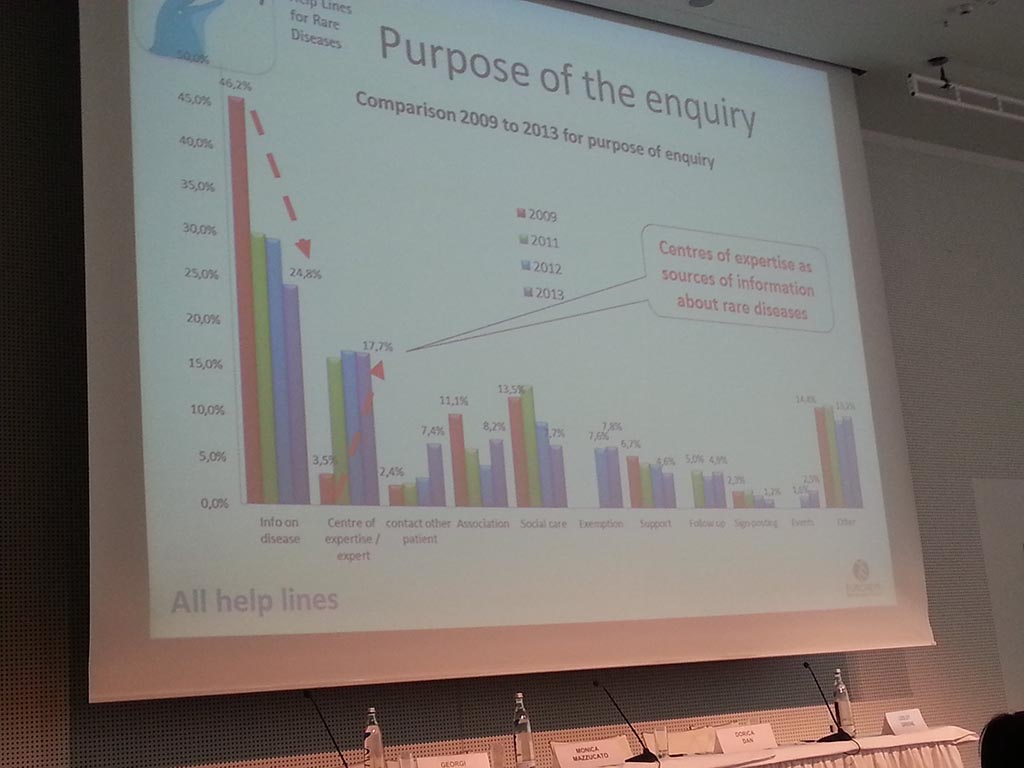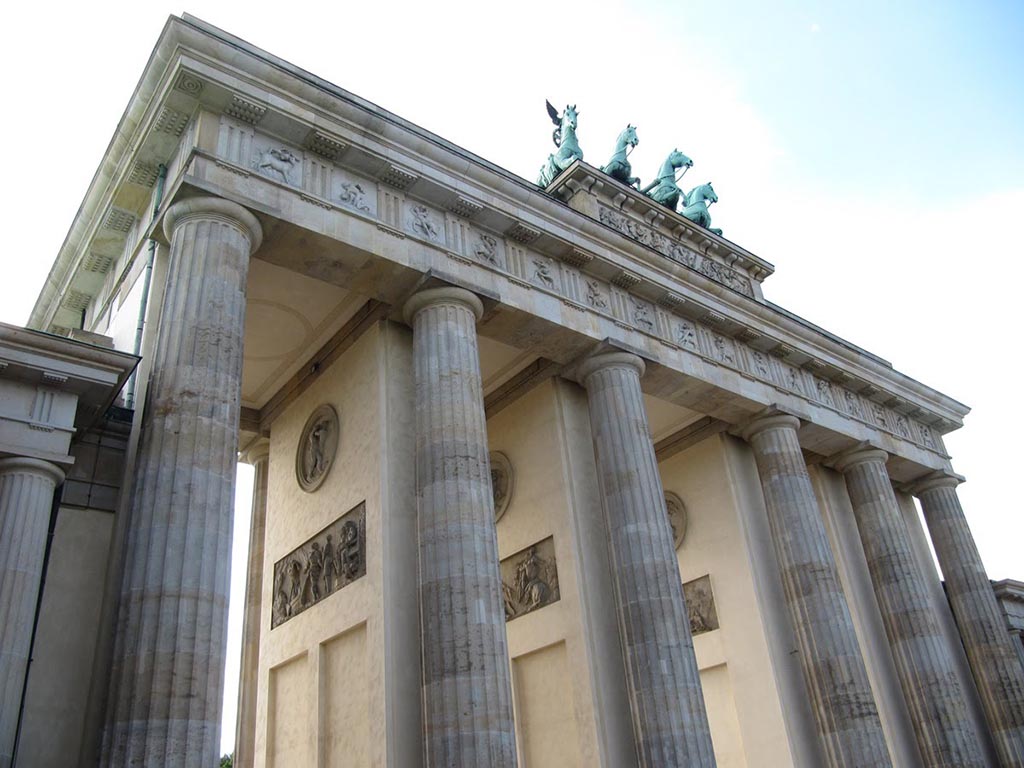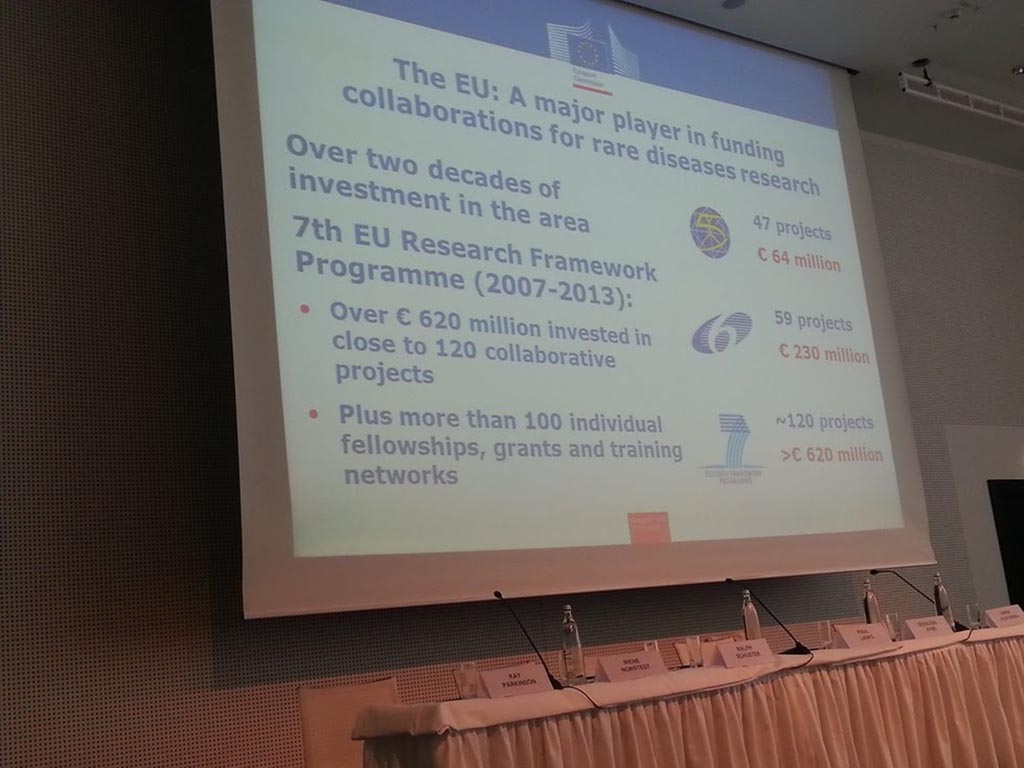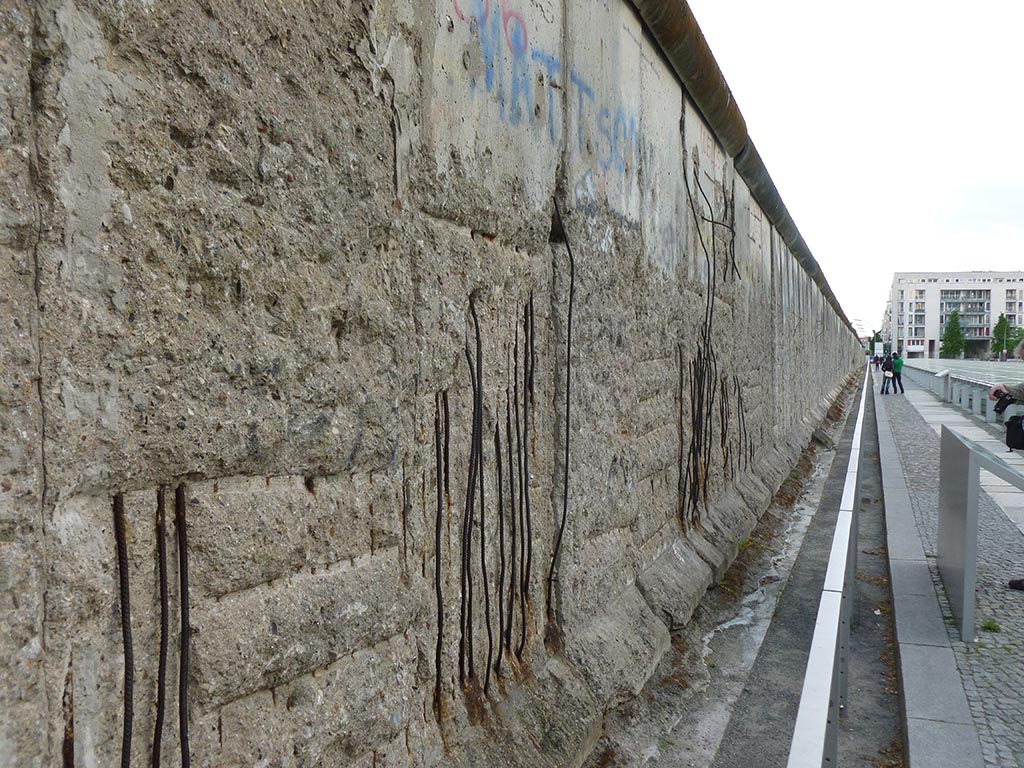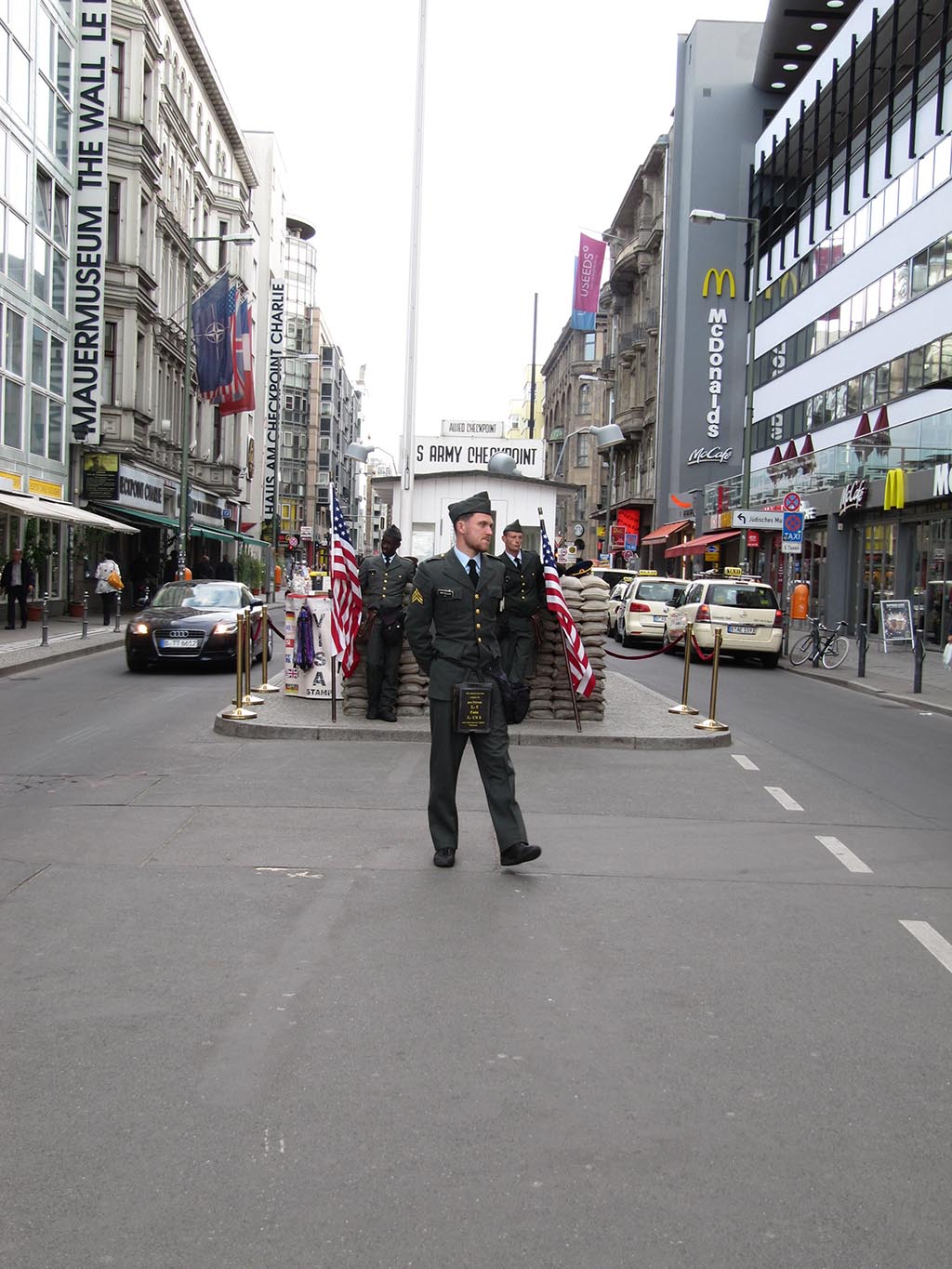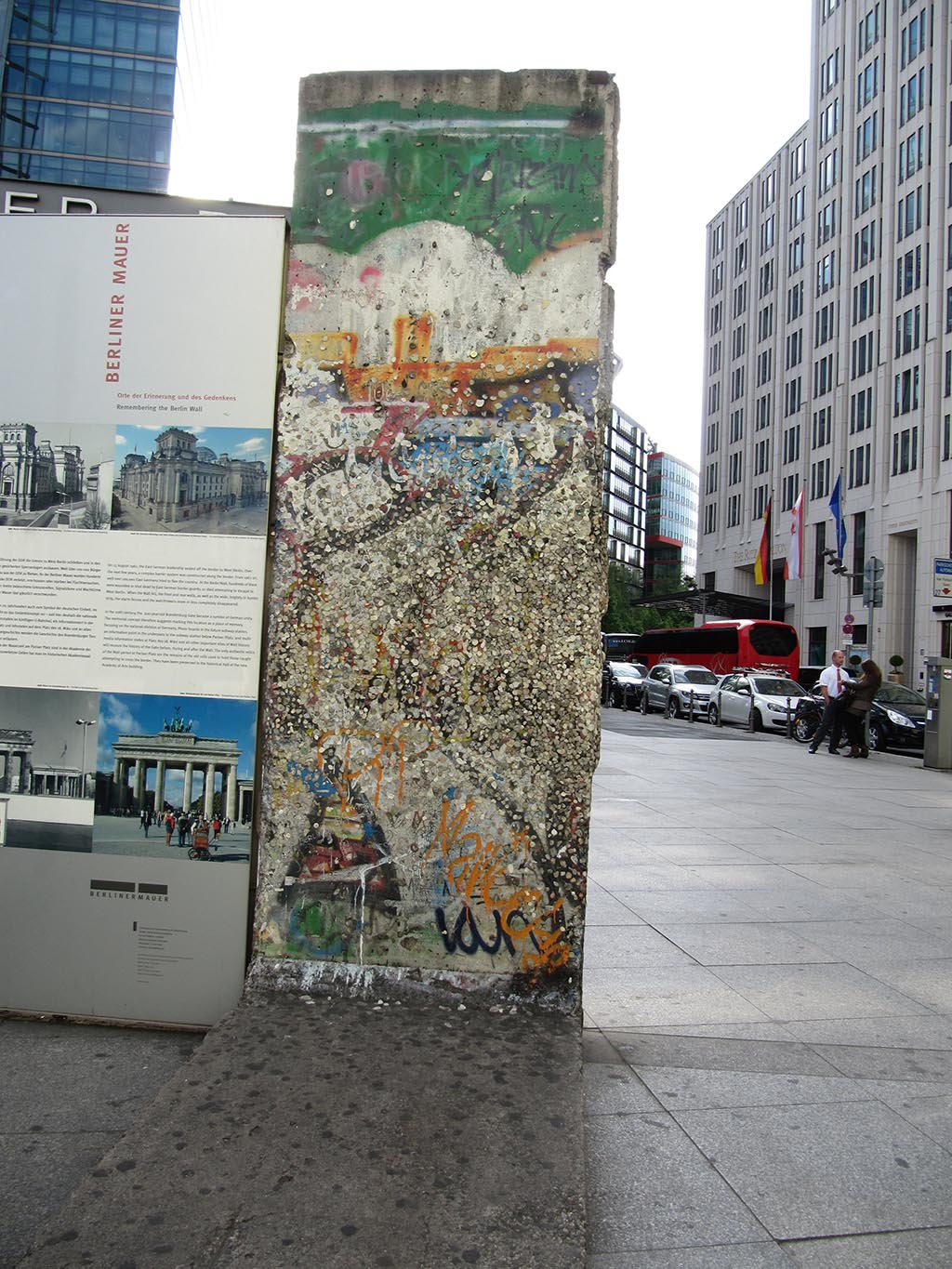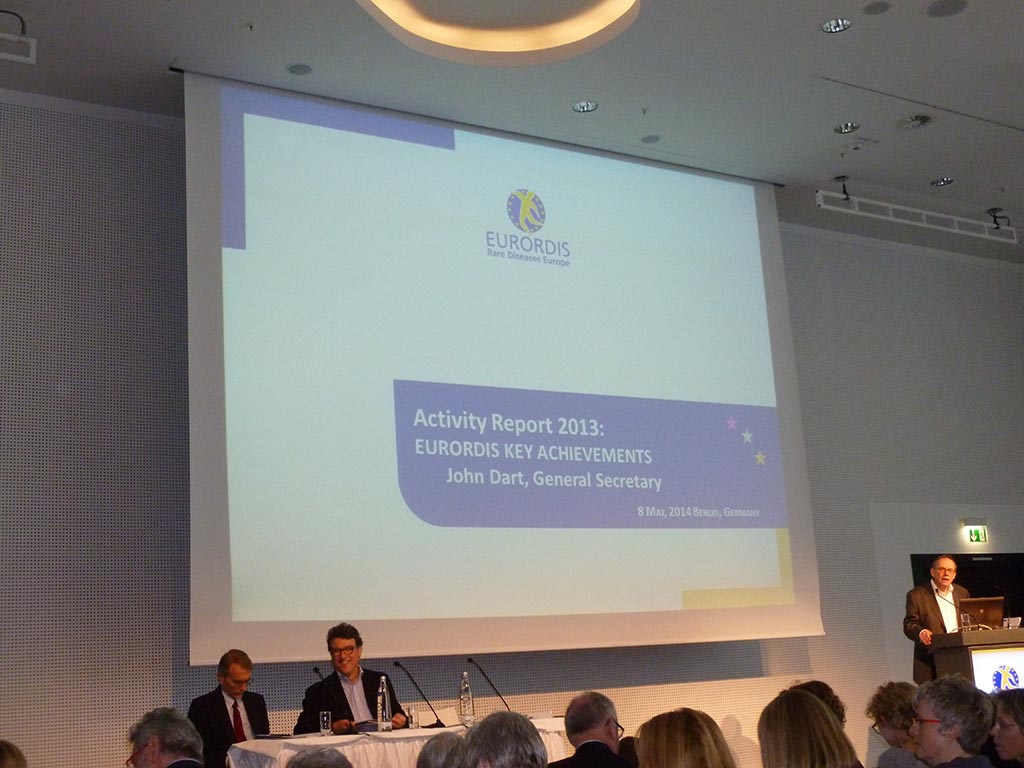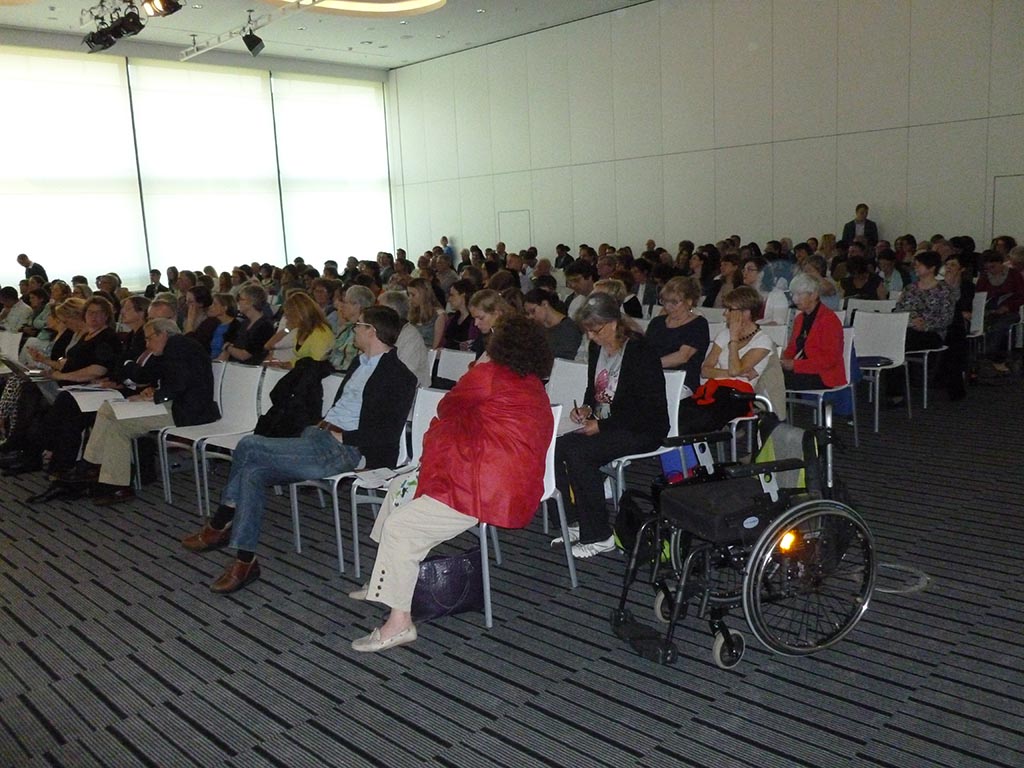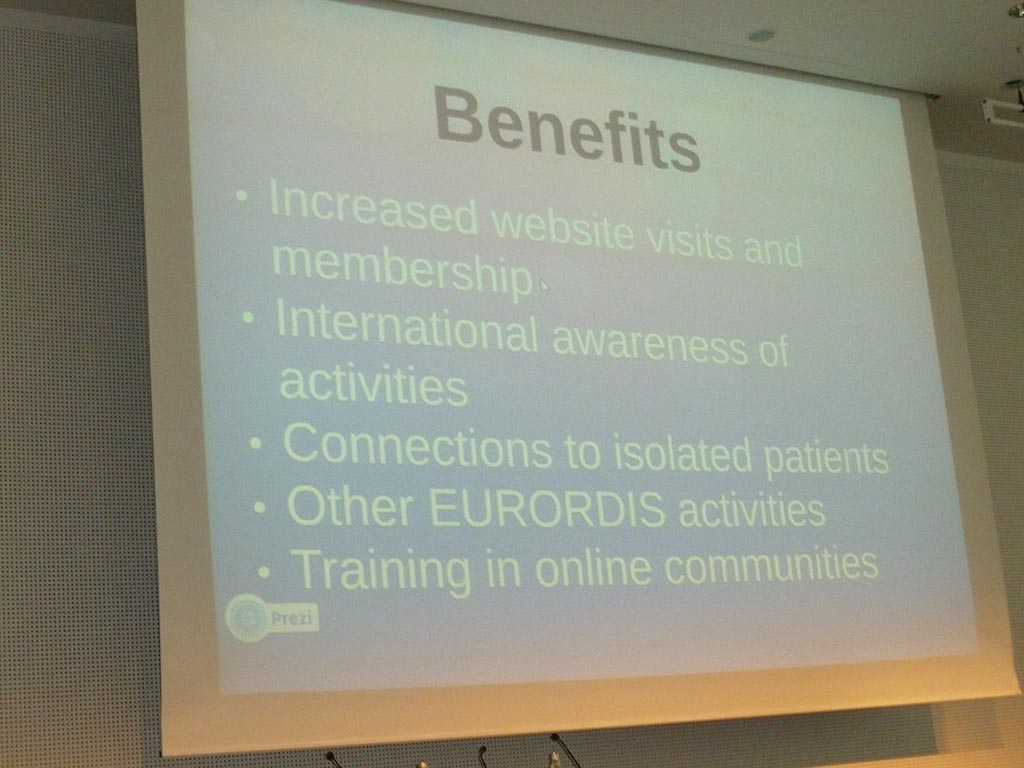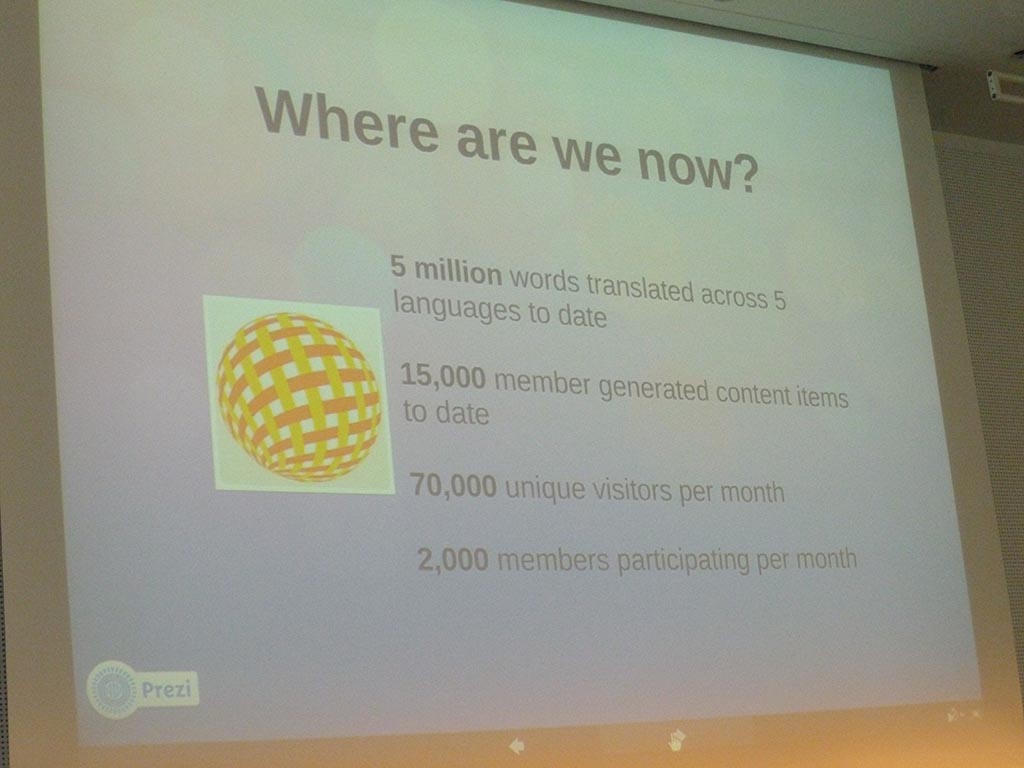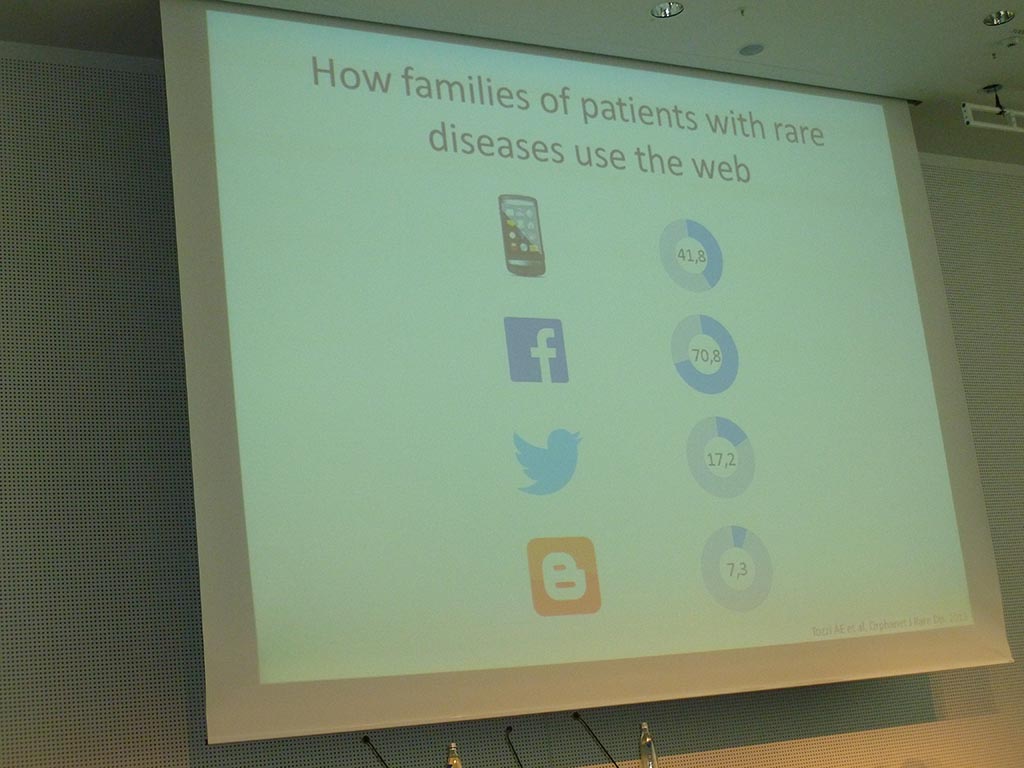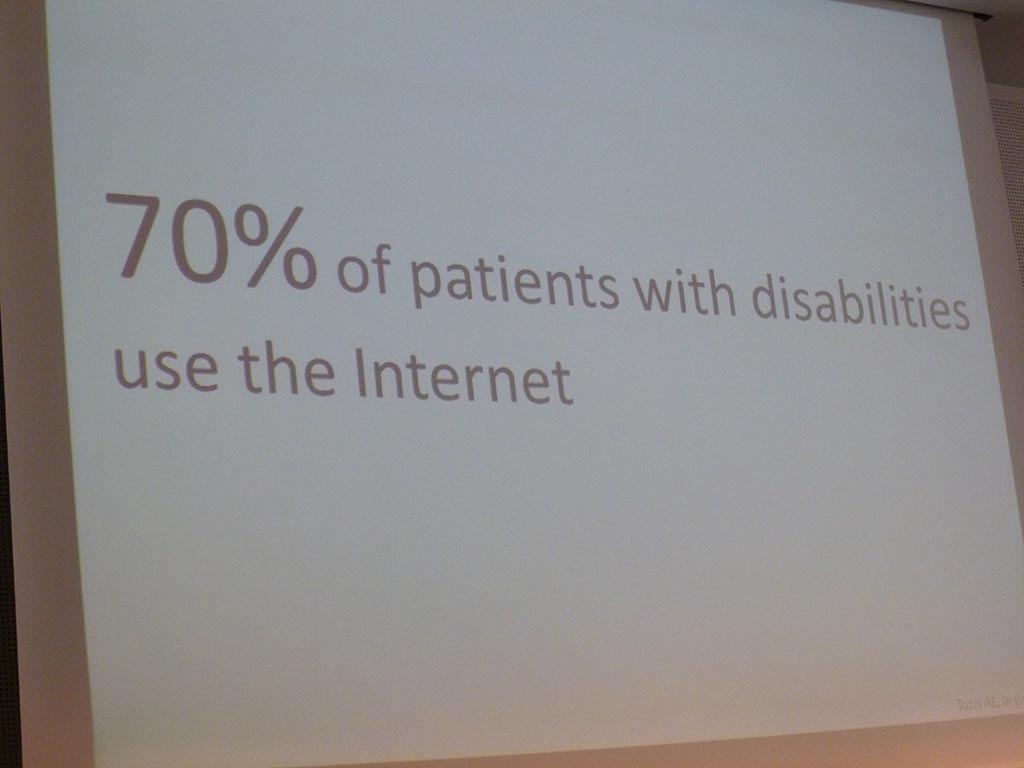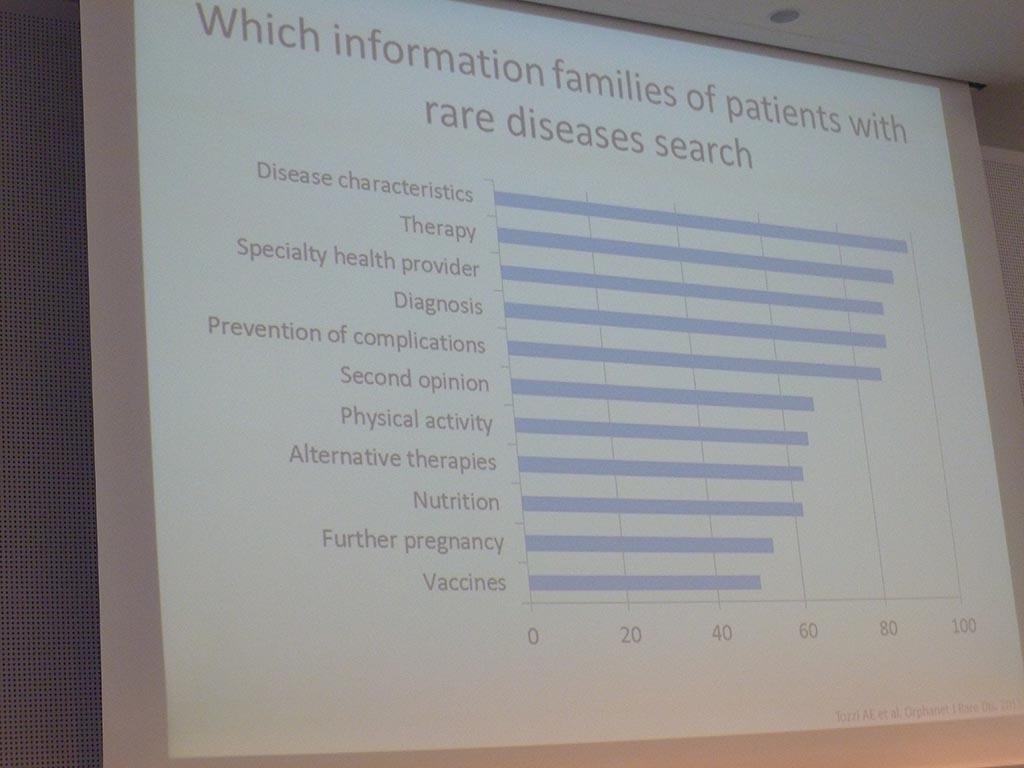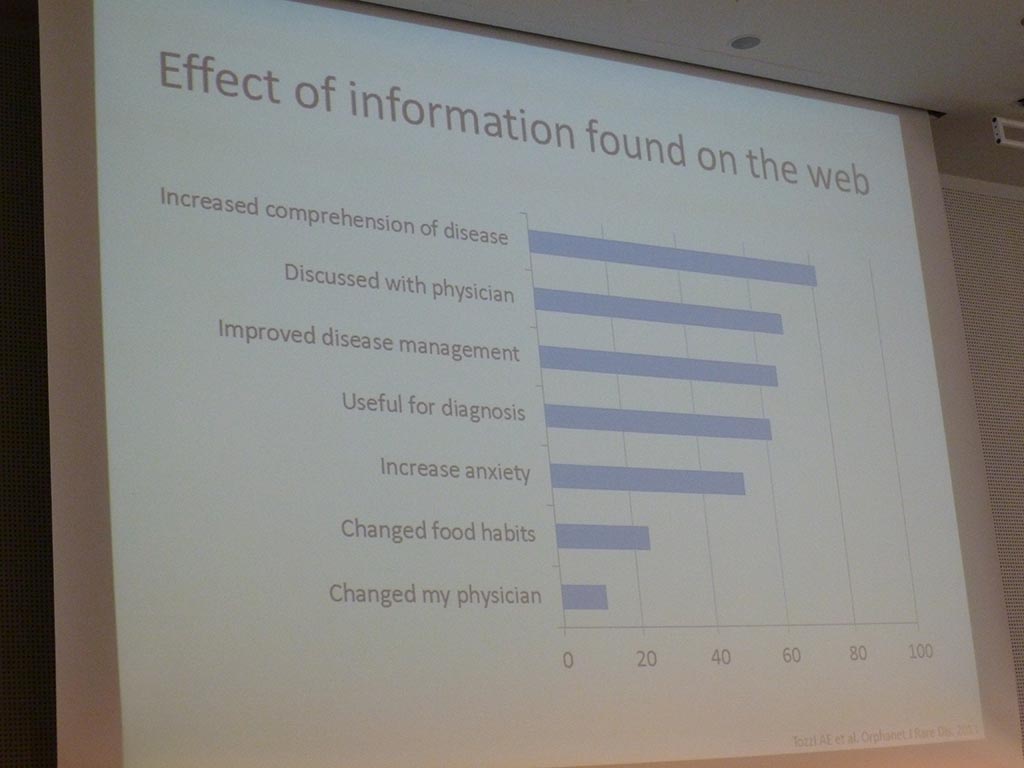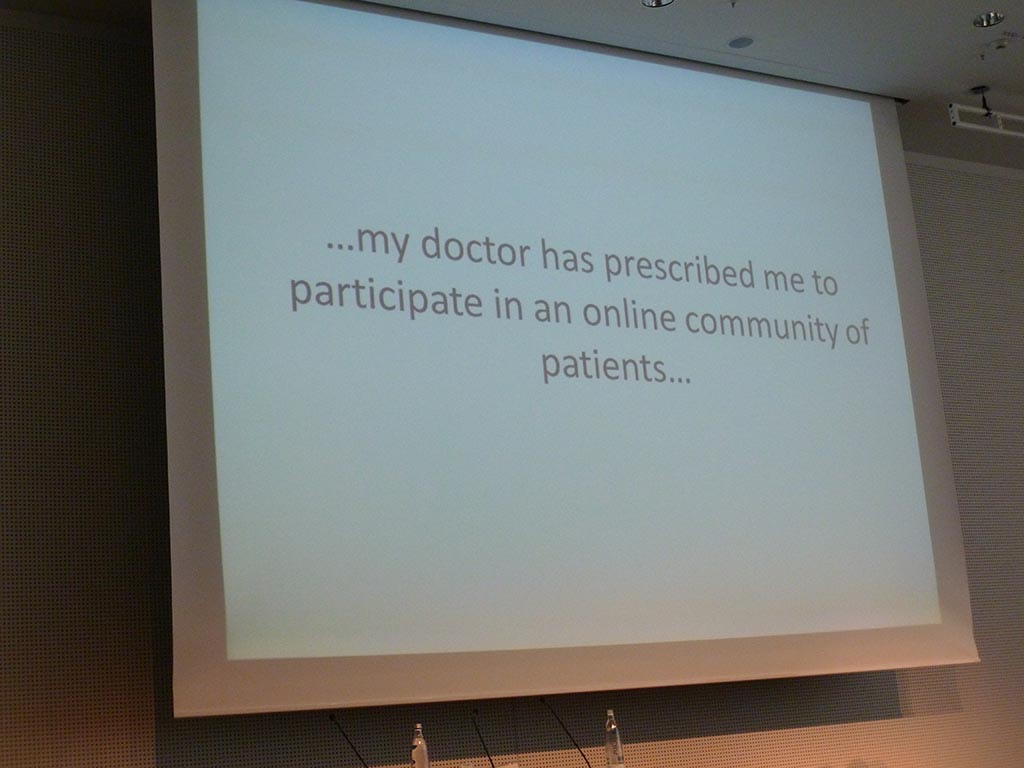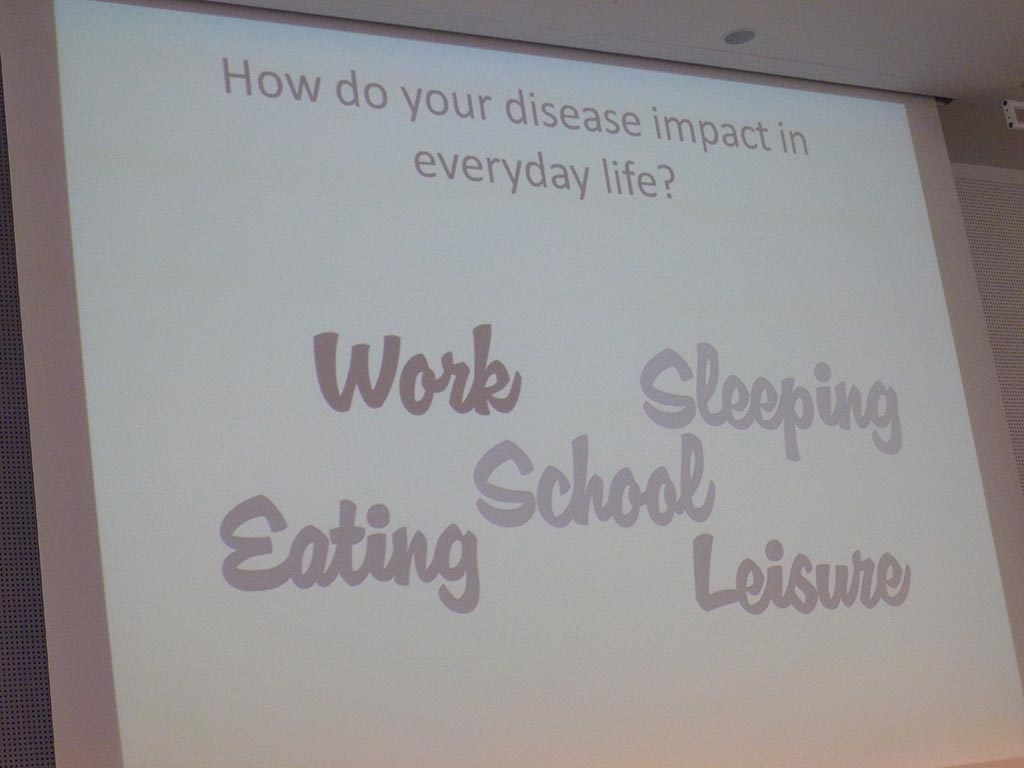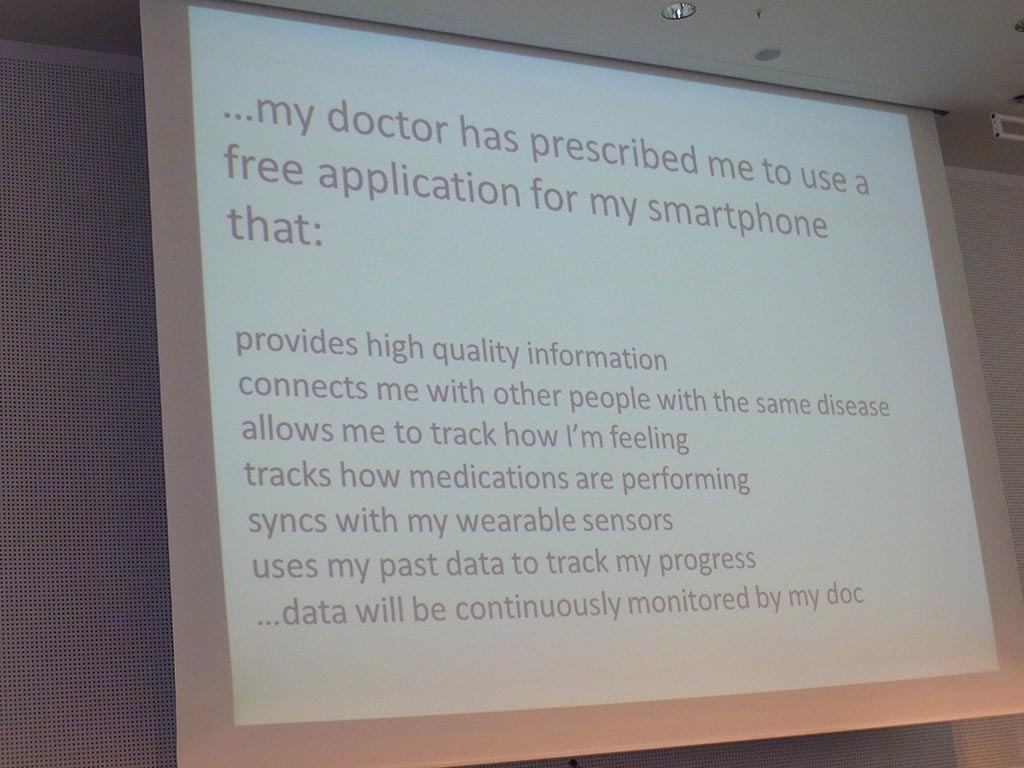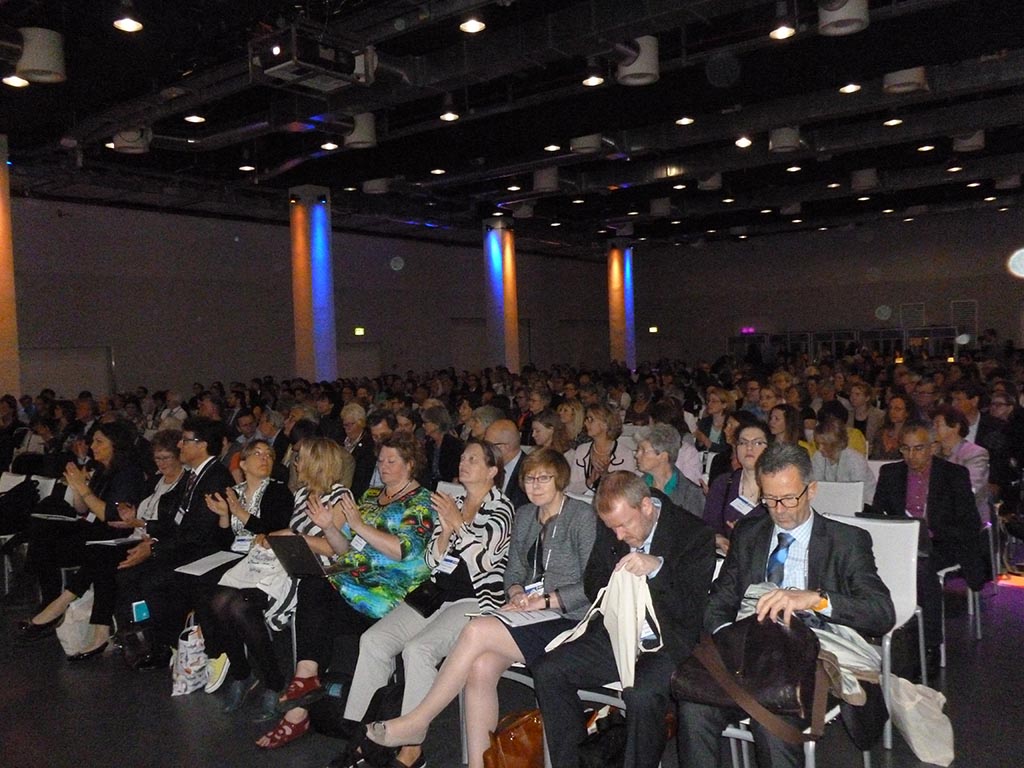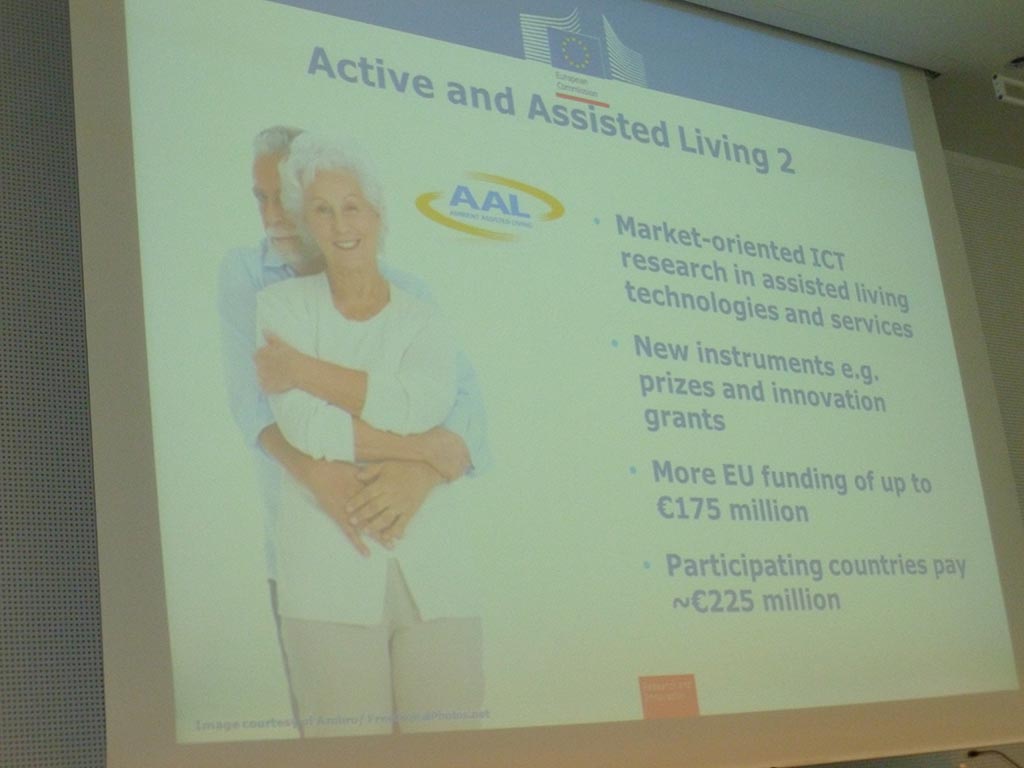From May 8-10, 2014, we participated in the global Eurordis meeting for members and this year there were also various (pharmaceutical) companies represented.
This year the meeting took place at Hotel Andel in Berlin, Germany.
More than 800 people from all over the world were present (including Peru and Australia)! On a large world map, the participants showed with a round sticker where they came from.
The meeting had this year entitled ‘The Rare Disease Puzzle: Bringing the Picture to Life’. Lex van der Heijden, President, and Lydia Handzova, social media consultant, took part in this intensive conference.
Social media was deployed a lot this year in a different way such as a special Eurordis Conference ‘app’ for ‘smartphones’ and a large monitor that all “tweets” from Twitter were directly presented. We have experienced how a simple ‘hashtag’ (Twitter) can increase visibility in the Internet jungle. We have everything posted via social media as “tweets” and photographs. Actually from everything that might be useful for our CMTC-OVM community. This had a huge effect and our visibility shot up! During the week after the conference, our Facebook posts increased more than 3,000 times and on Twitter about 20,000 times! The number of followers on Twitter increased 20% in a week’s time. Thanks to our active use of our social media channels have several new patients and organizations connected with us.
We are happy for the opportunity to connect with Project Manager Robert Pleticha RareConnect to talk about the cooperation with our organization as soon as possible with the RareConnect project. The RareConnect project offers people the opportunity to talk about their disease in forums, to the challenges in their lives and to ‘meet’ others in a safe environment. For those who have not mastered the English language, it is possible to translate the text to a whole range of other languages. This is another channel for people with rare diseases to use the power of networking! We are very curious to see the results of this project and we will let you know if we also have been added to the RareConnect project.
We also have spoken with Denis Costello, Web Communications Senior Manager & RareConnect Leader, and he gave us many practical tips and new ideas for our organization. Denis is a great expert in this area and we are grateful that he has so much to share with us. Eurordis is for us, in fact for our patients, a very important organization!
Eurordis has in May 2014 a total of 606 members (patient) spread across 56 countries (including 26 European Union countries). As of May 2014, Eurordis represents a total of 1000 patient groups and 4000 rare diseases (of the 6000-7000 rare diseases). These are impressive numbers!
We have attended many sessions on quite a few different topics and will share the most interesting presentations for us as much as possible through our website. Below are a few main points of a number of sessions that we attended.
- Special weekends are organized in several countries for people with rare diseases with the aim of these people, as much as possible, to live independently.
- More and more patients can get all kinds of support also via Internet ‘online’ psychological help.
- The European Union supported during the period of 2007-2013 approximately 120 projects with € 620 million.
Prof. Albert Tozzi from Italy shared the results of an investigation that he has performed:
- About 70% of people with rare diseases use Internet.
- Facebook is used by approx. 71% of families of people with a rare disease.
- Twitter is used by approx. 17% of families of people with a rare disease.
- Approx. 42% of families of people with a rare disease use a ‘smartphone’ to access the Internet.
- What patients want in order of precedence from highest to lowest: access to medical information, participate in communities with fellow sufferers, better hospital service and research that meets their needs.
- Approx. 70% of the patients discuss the information found on the Internet with the doctor.
- Approx. 80% of patients get a better understanding of the condition through the information found via the Internet.
- Families of patients search condition-specific information over the Internet (approx. 98%) and what therapy is available (approx. 92%). In addition, 90% of people are looking for where medical care is available and where to get a diagnosis is 90%. Approx. 85% are looking for information on how to prevent complications and all of this is done over the Internet.
In summary, it can be said that the Internet is a very important source for patients and families of patients! This underlines the importance of a good and informative website with reliable information. It is good for a website to be available for use on different devices (‘smartphone’, ‘tablet’ and computer (screen). In the Netherlands more than 85% of the people use a ‘smartphone’ so it is crucial that the website of patient organizations are available using this format.
During a few sessions a relatively new approach was discussed in which a patient with a rare disease where people from different countries gave a performance base on how they deal with people with a rare disease. In fact, this is a holistic approach in which the medical side is ‘only’ one aspect. We are helping people for many years not only with medical issues but also on the psychological level. Soon we will publish on our website a separate article because this topic requires extra attention.

